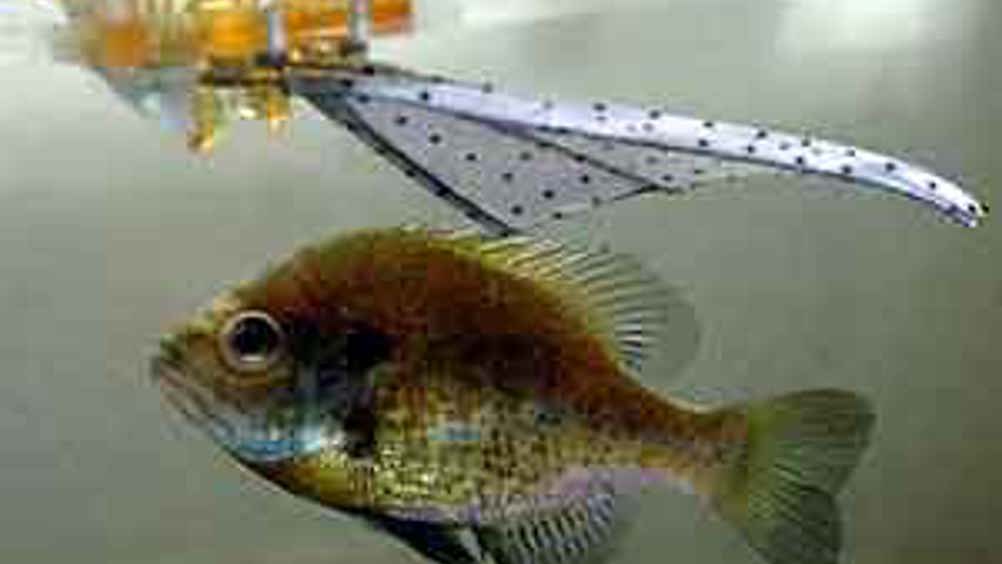Artificial intelligence

An EU grant worth €1.8m has been awarded to a consortium of five European research institutions to build a robot that will help researchers understand how fish can swim upstream.
The consortium, led by the Tallinn University of Technology, with partners Riga Technical University, the Italian Institute of Technology and the universities of Verona and Bath, will be using biology to inspire the design of a swimming robot that can react to changes in current or flow, such as a fish might encounter in a fast-flowing stream or near the seashore.
The robot could be used to film and study the diverse marine life near the seashore, where conventional propeller-driven submersible robots have difficulty manoeuvring due to the shallow water, kelp, and currents created by waves.
What makes the project unique is that the researchers will be trying to mimic the sense organ found in fish, called the lateral line, which allows the fish to detect the flow of water around it and react to it.
Register now to continue reading
Thanks for visiting The Engineer. You’ve now reached your monthly limit of news stories. Register for free to unlock unlimited access to all of our news coverage, as well as premium content including opinion, in-depth features and special reports.
Benefits of registering
-
In-depth insights and coverage of key emerging trends
-
Unrestricted access to special reports throughout the year
-
Daily technology news delivered straight to your inbox










UK Enters ‘Golden Age of Nuclear’
The delay (nearly 8 years) in getting approval for the Rolls-Royce SMR is most worrying. Signifies a torpid and expensive system that is quite onerous...